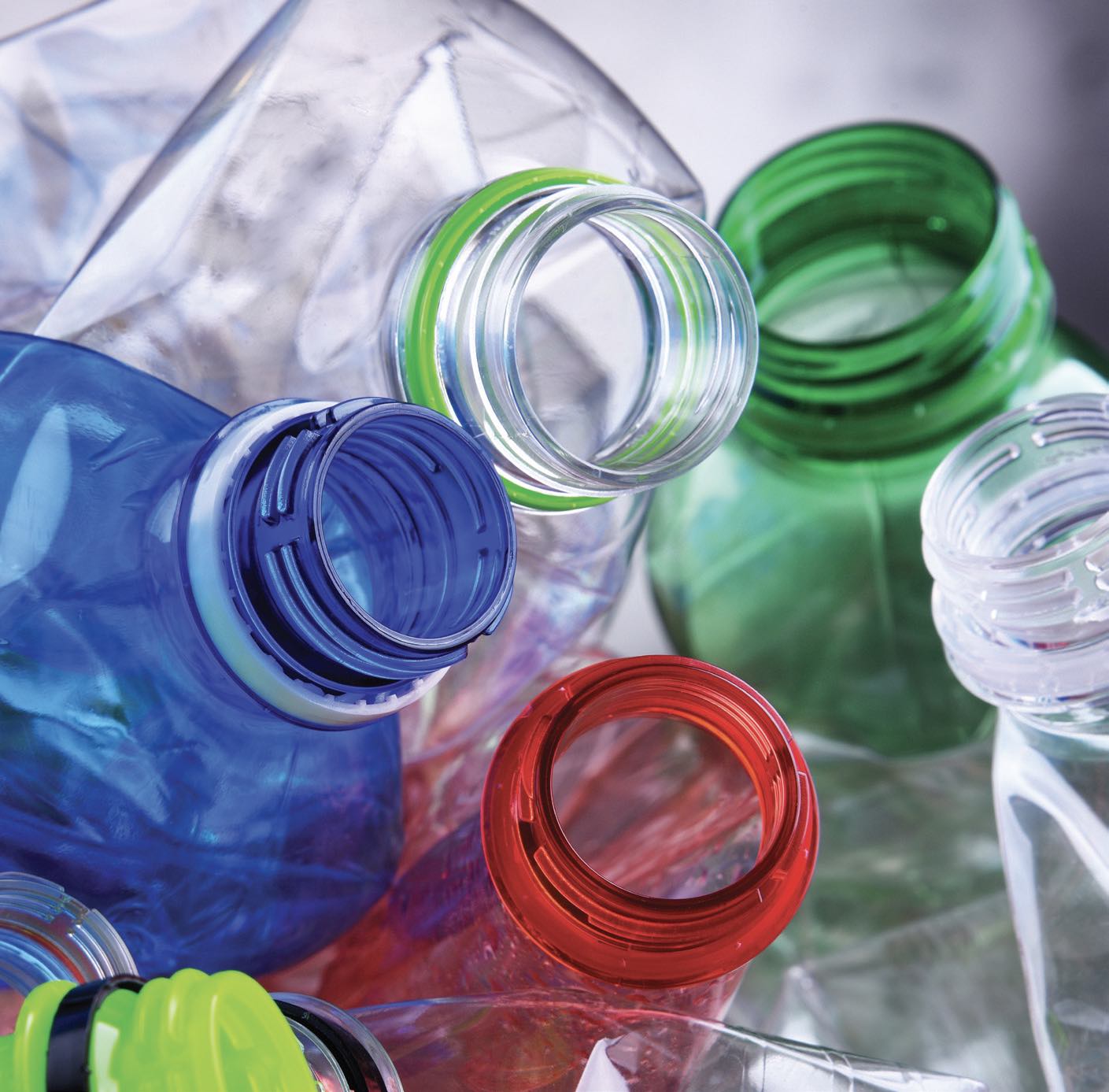Plastics recycling
By Don Smolenski, Contributing Editor | TLT Machinery December 2022
There is a definite need, but what is really “green?”

Some of my recent TLT columns addressed the issue of plastics in the environment. It’s clear that this is a very urgent problem that must be addressed. Plastics recycling is one tool that may help address it. Environmental advocates are working to reduce the use of single-use plastic food and drink containers. Less than 10% of plastics are currently recycled.
1 Legislators in several states are passing laws to encourage the recycling of plastics.
Plastics can be divided into two categories: easy to recycle and hard to recycle. Easily recyclable plastics include those used in most bottles, containers and pipes, and can be cleaned, ground up and melted.
2 This process is called mechanical recycling, and the resulting pellets can be blended with virgin feedstock. Hard-to-recycle plastics, such as polyethylene film or unwashed food containers, can often be chemically recycled. This process, also called “advanced recycling,” breaks down the plastics at a molecular level using pyrolysis or gasification, where the polymer structure of the plastic is changed and converted into feedstock that replaces virgin materials used in plastics production. Advanced recycling is sometimes used to produce fuel, but there is much controversy about whether or not this is really “green.” Diesel fuel, gasoline, heating oil and other fuels can be produced, but this is energy intensive and produces pollution.
In chemical recycling, a distinction is made that these are manufacturing plants, not solid waste plants. This can provide the plants with financial incentives and regulatory benefits. The National Resources Defense Council and others, however, claim that the emissions from these “manufacturing plants” can be worse than those from waste incinerators. Most of the state laws allow the generation of fuels from plastics. When advanced recycling is used, up to 80% of the products produced can be used as feedstock for plastic production, 10% are hydrocarbon gases that can be burned as fuel for the plant, and 10% is carbon char that can be used to produce carbon black or as a filler for asphalt or concrete. There is a large, growing demand for plastics made “from recycled product.” The American Chemistry Council reports that there are seven commercial-scale advanced recycling facilities: Agilyx in Oregon, Alterra Energy in Ohio, Braven Environmental in North Carolina, Eastman Chemical in Tennessee, ExxonMobil in Texas, New Hope Energy in Texas and Nexus Circular in Georgia.
Looking at the bigger picture,
2 ending plastic waste in the environment requires:
•
Designing products which can last long, are easy to repair and can be recycled eventually
•
Enabling convenient recovery of waste while preventing leakage into the environment
•
Raising awareness of sustainable practices and clean up
•
Sorting waste according to type, wet or dry and recyclable or non-recyclable
•
Developing promising new technologies for plastics recycling
•
Growing market demand for recycled materials from all recycling methods.
There’s a lot of work to be done, but at least it’s starting.
REFERENCES
1.
Hogue, C. (May 15, 2022), “What is recycling? Chemical recycling of plastic gets a boost in 18 US states—but environmentalists question whether it really is recycling,”
Chemical and Engineering News, 100 (17), American Chemical Society. Available
here.
2.
The Alliance to End Plastic Waste (March 22, 2021), “The plastic waste problem explained.” Available
here.
Don Smolenski is president of his own consultancy, Strategic Management of Oil, LLC, in St. Clair Shores, Mich. You can reach him at donald.smolenski@gmail.com.